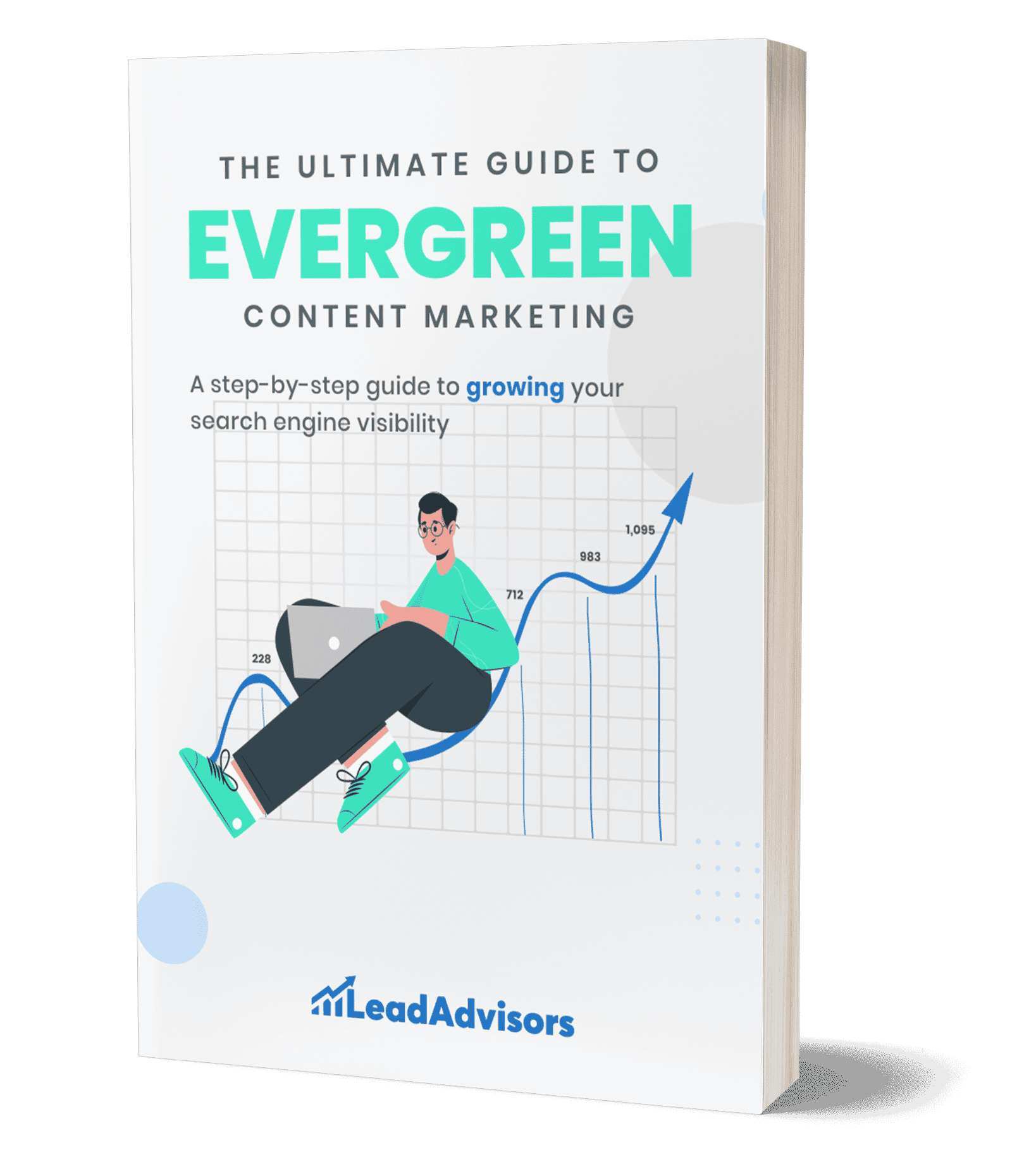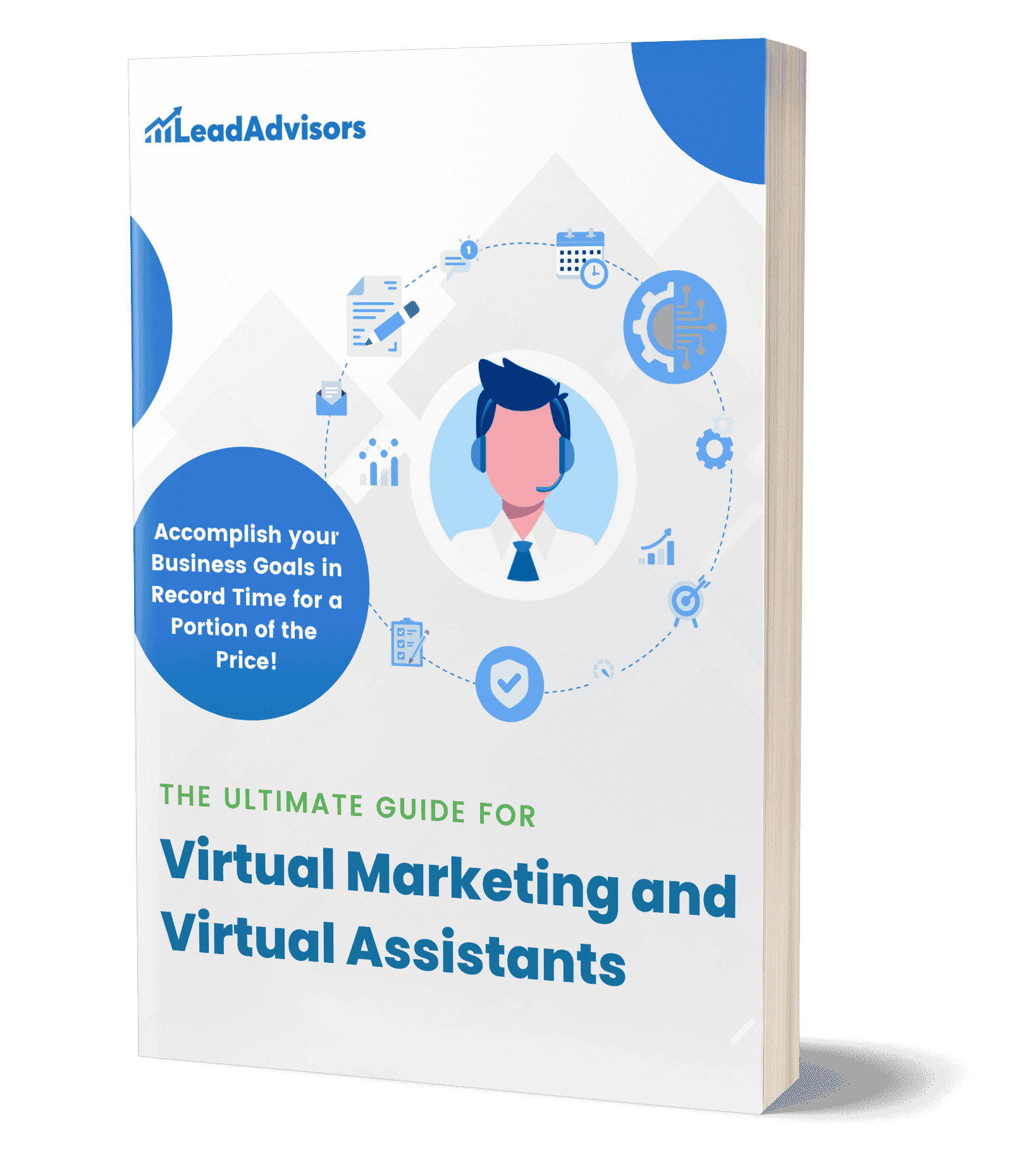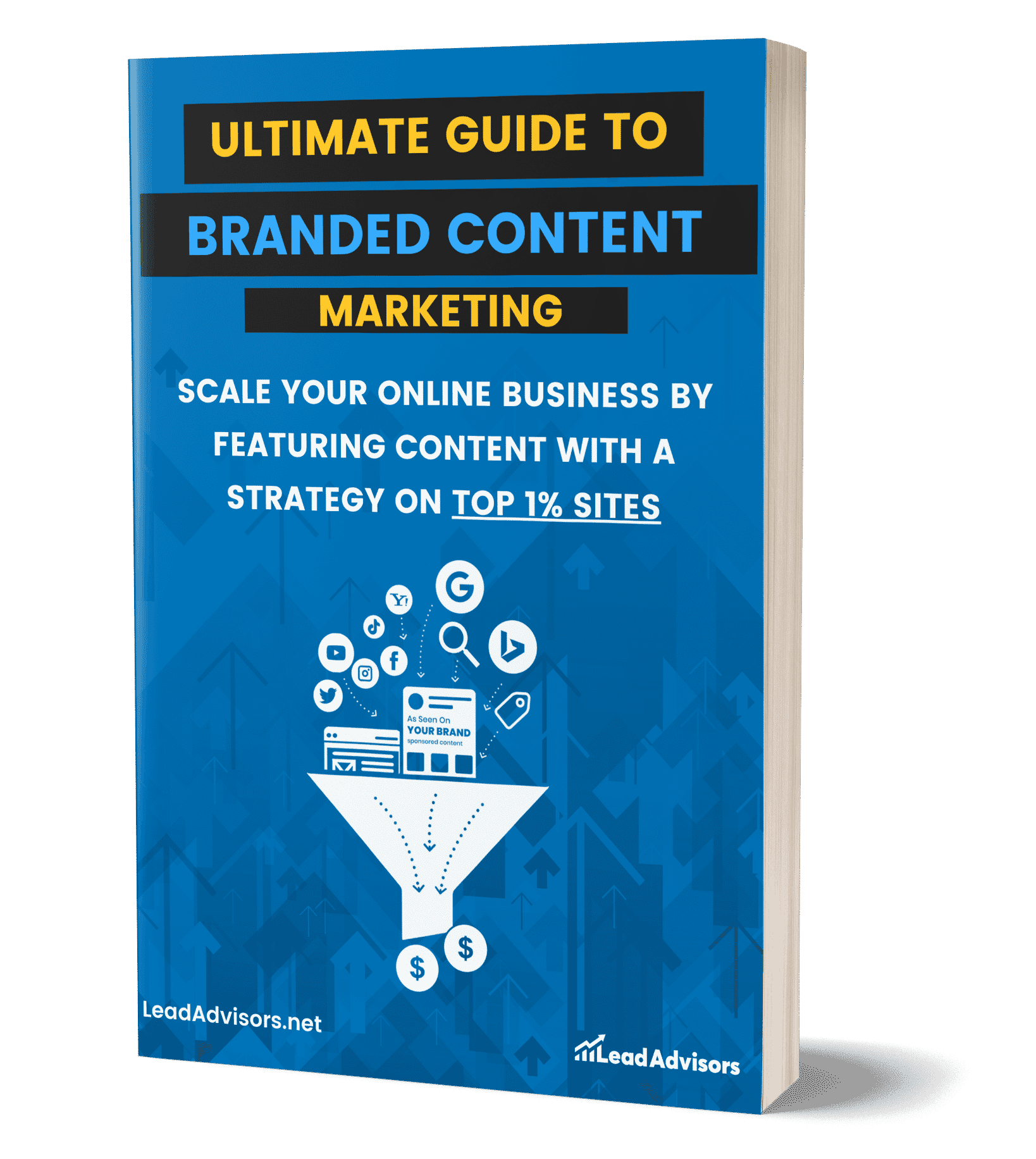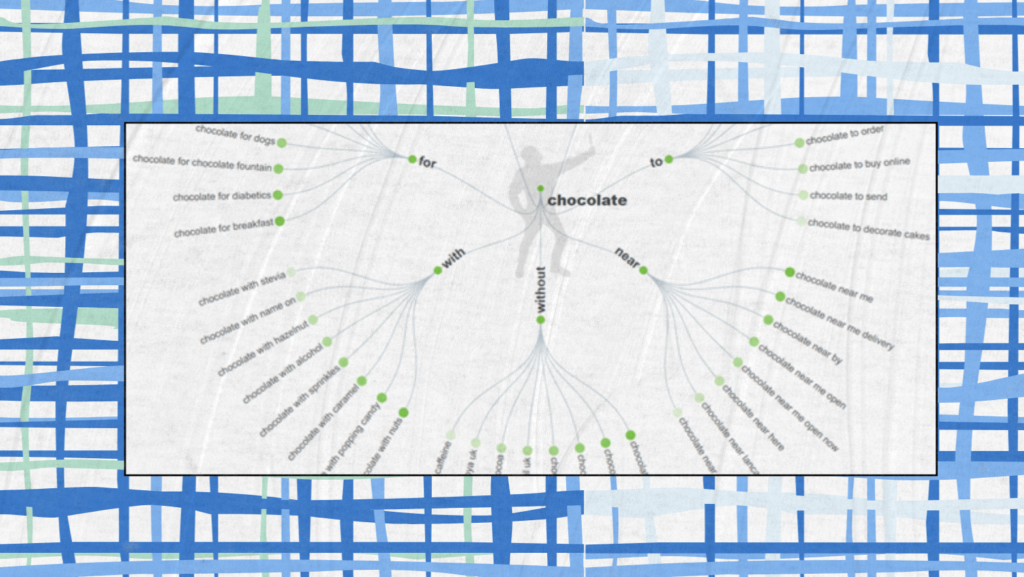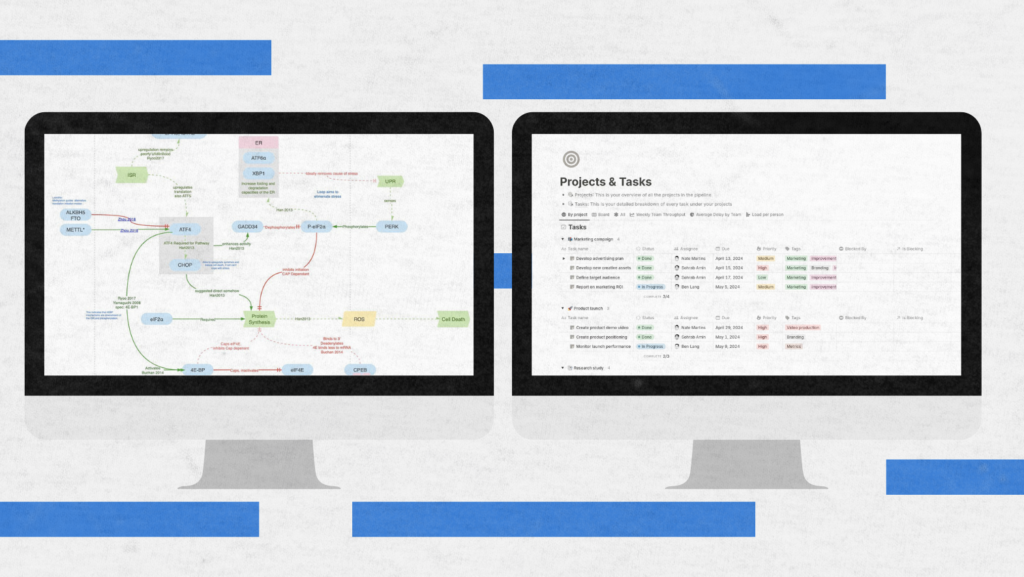Let’s face it, search engine optimization can feel overwhelming when people start throwing around terms like “long-tail keywords,” “keyword research tools,” or “navigational intent.” However, choosing the right types of keywords in SEO is a game-changer for your overall SEO strategy. Whether you’re brand new to SEO or a seasoned pro using SEO tools, understanding these keywords will help you attract the right audience, match specific search queries, and rank higher.
In this post, we’ll break down the 6 types of keywords in SEO – from broad short-tail terms to super-specific long-tail keywords, and everything in between. We’ll explain each type in plain English with practical examples, and (most importantly) when and how to use them.
We’ll also point you to keyword research resources along the way (for those who want to dig deeper with keyword magic tools and Google Search Console data), so let’s dive in!
1. Types of Keywords by Role in SEO Strategy
Every keyword you use should have a purpose. Some are meant to bring in early interest, some help guide people toward a decision, and others push them to take action. These keywords aren’t random – they each serve a specific function in your SEO planning, helping you build content that fits people’s needs at every stage.
Seed Keywords
Seed keywords are the basic ideas you start with when doing keyword research. They’re usually short, simple terms that describe your main topic. From these basic words, you can find more detailed keywords to target.

For example, if you sell hiking gear, a seed keyword could be “hiking boots.” You can then branch out into longer keywords like “best hiking boots for beginners” or “waterproof hiking boots for winter.”
Seed keywords help you set the direction for your entire SEO strategy. They don’t need to be fancy – they just give you a starting point to build organized content structures and find better opportunities through local link-building strategies as you grow.
Primary Keyword
Your primary keyword is the main search term or phrase for which your page wants to rank. It represents the core topic of your content and is usually the term that best matches your page’s main focus.
Everything on the page is built around this term – from the title to the body text – to signal its importance to search engines.
For example, if you’re writing a blog post about beginner cooking tips, a suitable primary keyword might be “cooking for beginners” since it directly reflects the main topic.

Secondary Keywords
Secondary keywords are the supporting cast for your primary keyword. These are related terms or variations that add more context and depth to your content.
They might not have as high a search volume as your primary keyword, but they capture other ways people might search for the same topic. Including secondary keywords, often organized in keyword clustering, helps your page rank for a broader range of queries while staying on the same overall theme.
For instance, along with “cooking for beginners“, you might include secondary keywords like “how to start cooking for beginners”, “campfire cooking for beginners”, or “wok cooking for beginners” to cover related queries.

Semantic or LSI Keywords
LSI keywords (short for Latent Semantic Indexing keywords) are a fancy term you’ll hear in SEO circles referring to conceptually related terms that search engines use to understand context. Semantic keywords are terms closely related to your primary keyword in meaning and context. They help search engines understand the broader topic of your content beyond just the exact keywords you’ve used.
These often include synonyms, subtopics, or other words that naturally appear when discussing your main subject. Using semantic keywords in your writing signals to search engines that your content covers the topic comprehensively. Thanks to advances in Natural Language Processing (NLP), search engines can now interpret the relationships between words, phrases, and concepts more intelligently.
For example, if your primary keyword is “cooking for beginners“, semantic keywords could be things like “ingredients”, “recipe”, “kitchen safety”, or “cooking techniques”. These terms aren’t necessarily phrases you’d target individually, but they provide context that reinforces what your page is about.

Evergreen Keywords
Evergreen keywords are search terms that stay relevant over time. They don’t depend on trends, seasons, or current events. Instead, they focus on topics people search for year after year.
For example, “how to bake a cake” or “benefits of exercise” are evergreen topics that stay useful no matter the season.
Using evergreen keywords is a smart move if you want to build pillar content that drives steady traffic long-term. They’re a key part of any lasting content marketing strategy because they help you stay visible even when trends change.
Want to make the most of them? Here’s a quick guide on how to rank your website with evergreen content.
Seasonal Keywords
Seasonal keywords are tied to specific times of the year, holidays, events, or trends. They usually see big spikes in search volume during certain months and then drop off after.
For example, “Christmas gift ideas” or “best swimsuits for summer” are seasonal keywords that only peak during certain seasons.
Seasonal keywords can be really powerful when you plan ahead. If you time your CTA strategy and promotions to match seasonal searches, you can capture a big wave of traffic when people are ready to take action.
Niche Keywords
Niche keywords are highly specific terms that target a small but focused audience. They often reflect specialized topics or unique needs within a larger market.
For example, “vegan protein powder for endurance athletes” or “minimalist camping gear” are niche keywords aimed at very specific groups.

Targeting niche keywords is a great way to stand out in crowded spaces. They help you reach people who are looking for exactly what you offer, making them perfect for focused marketing campaigns and content that speaks directly to your ideal customers.
Low-Competition Keywords
Low-competition keywords are search terms that aren’t heavily targeted by big brands or high-authority sites. They usually have lower search volume, but they’re easier to rank for and can bring highly targeted traffic.
For example, instead of competing for “digital marketing,” you might find success with a more specific, low-competition keyword like “local SEO tips for small businesses.”
Going after low-competition keywords is especially helpful when you’re building your SEO foundation or launching a new website. They give you a real chance to rank faster and start attracting visitors without fighting an uphill battle.
If you’re looking for scalable strategies, check out our guide on SEO for resellers – it’s packed with tips for working smarter with lower-competition opportunities.
2. Types of Keywords in SEO by Length
Keywords are often grouped by length into three types: short-tail, mid-tail, and long-tail. Understanding these categories and how they influence keyword placement can help you choose the right keywords for your content and goals.
Short-Tail Keywords
Short-tail keywords (also known as head terms) are very brief, general search terms – usually one or two words. They tend to have extremely high search volume and cover broad topics, which means competition for ranking is stiff. Because these terms are so broad, a searcher’s intent isn’t always clear. For example, “shoes” is a short-tail keyword.
When to use short-tail keywords:
- When you want to reach a very broad audience or drive general brand awareness.
- When optimizing high-level pages (like your homepage or main category pages), cover broad topics.
- If your site has strong authority and can compete for competitive, high-volume search terms.
Mid-Tail Keywords
Mid-tail keywords (also known as mid-range keywords) fall in between short-tail and long-tail terms. These are moderately specific phrases – usually two or three words – that strike a balance between high search volume and specificity. They often have less competition than short-tail keywords while still attracting a significant number of searches.
These keywords also tend to give a clearer idea of user intent than a one-word query, making them a sweet spot for many SEO strategies. For instance, “running shoes” is a mid-tail keyword – more specific than “shoes” but not as detailed as “best running shoes for flat feet.”
When to use mid-tail keywords:
- When you need a balance between broad reach and targeted intent.
- When optimizing content that sits between broad overviews and very niche topics (such as category pages or comprehensive guides on subtopics).
- If you’re looking for keywords that are less competitive than short-tail terms but have more search volume than very long-tail phrases.
Long-Tail Keywords
Long-tail keywords are longer, highly specific phrases (typically three or more words). They generally have lower search volume per keyword, but they often reflect a very clear user intent. Because they’re so specific, competition tends to be lower, and the traffic they attract is more targeted.
They also often yield higher conversion rates, since searchers usually know exactly what they’re looking for by the time they type a long query. For example, “best running shoes for flat feet” is a long-tail query – it’s very clear about what the user wants, implying that the person is further along in the decision process and likely ready to act.

When to use long-tail keywords:
- When creating content that answers specific questions or targets very niche topics (great for blog posts, FAQs, and detailed guides) while also avoiding issues like keyword cannibalization by being more targeted..
- If you have a newer site or you want to rank quickly by focusing on less competitive terms.
- When you want to attract highly qualified visitors who are more likely to convert (since people searching detailed queries often know exactly what they need).
3. Types of Keywords in SEO by Brand Association
When it comes to SEO strategy, some keywords aren’t just about topics – they’re about brands. Brand association keywords help you tap into an audience that’s already thinking about a particular brand, whether it’s yours or a competitor’s. Used well, these keywords can bring in high-intent traffic, build brand authority, and even open the door to winning customers away from bigger players in your space.
Branded Keywords
Branded keywords are searches that include a brand’s name, specific product lines, or trademarked terms. These users already know the brand – they’re not starting from scratch. They’re either looking to explore more, compare options, or go straight to purchase.
When people search for branded terms, the trust and buying intent are often much higher. That’s why ranking for your own branded keywords is non-negotiable – it’s not just about visibility, it’s about protecting your brand’s presence in search.
Examples:
- “Nike running shoes”
- “Apple iPhone deals”
- “Starbucks coffee menu”
If you’re running any CTA strategy, branded keywords are some of the best places to focus. The audience is already interested – they just need a clear next step, whether that’s visiting a product page, signing up, or making a purchase.
Competitor Keywords
Competitor keywords are terms that mention other brands in your industry. They’re valuable because the searchers behind them are already aware of the product space – they’re weighing their options, researching alternatives, and they’re open to better solutions.
Targeting competitor keywords can help you reach users before they make a final decision. It’s a smart move, but it needs to be done thoughtfully – you’re offering an alternative, not just trying to hijack traffic.
Examples:
- “Adidas sneakers vs Nike”
- “Samsung Galaxy S24 alternatives”
- “QuickBooks competitors for small business accounting”
Using competitor keywords well often means creating marketing content like comparison guides, “best alternatives” lists, or side-by-side feature breakdowns.
Handled right, it positions your brand as a real option, not just a name that showed up in their search results.
4. Types of Keywords by Advertising and Match Type
In the paid advertising world – especially on platforms like Google Ads – match types help control how closely your ads match what people search for. When you’re setting up a pay-per-click (PPC) campaign, the match type you choose for a keyword determines how specific or flexible Google will be when deciding if a given search should trigger your ad.
Here’s a quick rundown of the main match types of keywords:
Exact Match Keywords
Your ad will only show when someone searches for your exact keyword (or a very close variation). This gives you the tightest control over who sees your ad.
For example, if your exact match keyword is [running shoes for women], your ad will only appear when someone searches for that exact phrase – not for searches like “best running shoes” or “women’s trail shoes.”
Phrase Match Keywords
Your ad can appear when a search query includes your exact keyword phrase, even if there are extra words before or after it. Phrase match offers a bit more flexibility than exact match while still keeping the core of your keyword phrase intact, so your ads remain relevant to the query.
For example, if your phrase match keyword is “hiking backpacks,” your ad might show when someone searches for “best hiking backpacks for beginners” or “lightweight hiking backpacks.”
Broad Match Keywords
Your ad might appear for searches containing any word from your keyword (in any order), as well as for related terms or synonyms. Broad match casts the widest net, which can help you reach a larger audience. However, it may also bring in less-targeted traffic compared to exact or phrase match.
For example, if your broad match keyword is “camping gear,” your ad could show when someone searches for terms like “outdoor equipment,” “best tents for camping,” or even just “gear for trips.”
5. Types of Keywords in SEO by Location and Product Focus
Location-based and product-focused keywords help you get more targeted with your SEO and advertising. Instead of just aiming for general traffic, you can attract people searching for something specific. These might be users in a particular location or those interested in a certain product or service. Here’s how they break down:
Geo-Targeted Keywords

Geo-targeted keywords (also known as local keywords) are search terms that include a location identifier (typically the name of a city or region, or a phrase like “near me”). For example, searches like “Italian restaurants in Los Angeles,” “best dentist NYC,” “car repair near me,” or “Boston moving company” all include a location.
Geo keywords are crucial for any business or content with a local or regional focus. When a search query includes a location, it signals to search engines that the location is key to answering the query. From an SEO perspective, targeting these geo-specific terms is a key part of local SEO. This approach ensures you show up when local customers search for what you offer.

Product Keywords
Product keywords focus on the specific goods, services, or offerings you provide. People typically use these terms when they already know what type of solution they need, but they haven’t decided where to get it yet. For example, “wireless earbuds” and “graphic design services” are product-focused searches. Someone typing these phrases is likely looking to compare options, read reviews, or make a purchase.
Using clear product keywords is critical when building pillar content aimed at bottom-of-the-funnel visitors (those closest to taking action). Aligning your content with these specific terms helps attract users who are ready to evaluate and choose a solution. Because these terms naturally align with purchase or signup intent, they can also strengthen your call-to-action (CTA) strategies.
6. Types of Keywords by Intent
Not all search queries have the same goal, and intent keywords are a way to classify keywords based on what the searcher is trying to do. The most common intent-based keyword categories are informational, navigational, commercial, and transactional. Here’s what each types of keywords by intent mean:
Navigational Keywords
Navigational keywords are search queries where the user is looking for a specific website or page. Essentially, the searcher knows where they want to go, and they use Google (or another search engine) as the navigation tool to get there.
Classic examples include “Facebook login,” “YouTube,” “Amazon Prime Video,” or a specific brand/product name like “OpenAI ChatGPT website.” In these cases, people aren’t looking for general information or shopping around – they have one particular destination in mind.

For website owners, navigational keywords usually revolve around your brand name, product name, or known pages. If someone types your company name or your product into a search, that’s a navigational query. It’s usually a good sign – it means people are specifically seeking you out!
When to address navigational keywords:
- Optimize for Your Own Brand: Make sure your site shows up as the top result for your brand’s navigational queries. This typically means having proper SEO on your homepage and important pages.
- Don’t Waste Effort on Others’ Navigational Terms: Trying to rank for someone else’s brand name usually isn’t worthwhile (and can border on black-hat SEO if done aggressively).
SEO Tip: Navigational queries often have low search volume compared to generic terms, but the traffic is highly valuable because it’s looking specifically for you. Ensure your About, Contact, and other key pages are easily accessible and optimized – these often show up as sitelinks when people search your brand.
Informational Keywords
Informational keywords are search queries in which the user aims to learn something or get answers. They’re not looking to buy right this second or find a specific site – they just want information.
These often include question words or imply a question. Think “how to start a blog,” “what is domain authority,” “benefits of morning exercise,” or “best way to cook salmon.” In each case, the searcher seeks knowledge or tips, not a product or a particular brand (at least not yet).

Informational queries make up a huge portion of all searches. Any time you Google something to learn or understand, you’re using an informational keyword. If you can be the one to answer a searcher’s question clearly and helpfully, you not only get that traffic but also build trust with your audience.
When to use informational keywords:
- Blog Posts & Guides: If you aim to attract readers, build brand awareness, or establish expertise, informational keywords are your go-to. Write articles or create videos that answer common questions in your niche.
- Early Funnel Content: Users searching informational terms are usually at the top of the funnel – they’re researching or learning, not ready to buy just yet. Provide value first. For instance, if you sell coffee makers, you might target “how to brew the perfect cup of coffee.” Within that content, you can gently mention solutions (like different brewing equipment) without doing a hard sell.
- FAQ and How-To Sections: Don’t limit informational targeting to just blog posts. Your site’s FAQ page or knowledge base can rank for these queries too. Google loves to feature clear, concise answers (hello, Featured Snippets!), so structuring your content to directly answer the query can earn you a coveted spot at the top of the results.
Commercial Keywords
Commercial keywords (also called investigational keywords) show that a searcher is seriously researching before making a decision.
They’re not just browsing – they’re comparing options, checking reviews, and looking for the best fit. Common terms include “best,” “top,” “reviews,” “comparison,” “vs,” and “price.” Basically, they’re close to choosing.
This intent sits between informational and transactional. After figuring out what they need, users want to find the right solution. These keywords are gold for e-commerce, B2B, and anywhere people weigh choices before buying. When to use commercial keywords:
- “Best of” and Comparison Content: Create blog posts like “Best Budget 4K TVs 2025” to capture shoppers ready to compare. Need a blueprint? Here’s a full eCommerce SEO audit guide to help you optimize your commercial pages.
- Product Reviews & Case Studies: Honest reviews or customer stories attract people deep into research mode – and build trust. For a deeper dive into writing credible reviews, check out our Ultimate Guide to Brand and Editorial Reviews.
- Optimize Category & Comparison Pages: Category pages can rank for commercial terms, too. If people often compare you to competitors, create pages like “How [Your Product] Compares to [Competitor]” to guide them.
Transactional Keywords
Transactional keywords are what people search when they’re ready to act – buy, sign up, download, or order. These are the money-makers. They usually include action words like “buy,” “order,” “download,” “apply,” or just the product/service name with clear intent.
Examples:
- “Buy iPhone 14 online.”
- “cheap flights to Tokyo”
- “Netflix free trial”
- “Download Photoshop free”
- “pizza delivery near me”
In each case, the user wants to take action right now.
In the marketing funnel, transactional keywords sit at the bottom. The searcher has researched, compared, and decided – they’re just looking for the best place to make it happen.
When to use transactional keywords:
- Product and Service Pages: Target obvious transactional terms (like “buy [Product]”) in your titles, headings, and content. Add clear calls to action to push them over the finish line.
- Local Transactional Searches: If you serve a local area, optimize your site (and Google Business Profile) for searches like “pizza delivery near me” with location info and easy booking/order options.
- Special Offers & PPC Landing Pages: Target deal-seeking terms like “discount,” “coupon,” or “free trial.” If they’re valuable and easy to navigate, these pages work for both PPC and organic.
Transactional keywords should map directly to your top conversion pages. To convert visitors into customers, keep them fast, clear, and action-friendly.
Grouping keywords by search intent like this helps you determine what kind of content to create for each term. If you know a keyword’s intent, you can align your page with what the user is looking for – whether it’s an informative blog post, a product page, a comparison piece, or something else.
How to Check Keyword Intent Type
Search intent is the “why” behind a search query – the purpose a person has when they type something into Google. Are they trying to learn something, find a specific website, or buy a product? Understanding this intent is critical for SEO and for helping you discern which types of keywords to use.
If you know what a user truly wants, you can create content that directly answers that need. Search engines love this because they aim to show people the most relevant results; by aligning your page with the right intent, you significantly boost your chances of ranking higher.
So how can you figure out a keyword’s intent in practice? Start by putting yourself in the searcher’s shoes and looking for clues in the keyword itself. For example, let’s compare two searches:
- “best running shoes 2025” – This searcher is probably in research mode, expecting a list of top running shoes or a detailed review (not just a single product page). Basically, they want to learn about and compare options.
- “buy Nike Air Zoom size 10” – This query’s intent is clearly transactional – the searcher already knows exactly what they want and expects to land on a product page to buy those shoes right away.
Beyond the keyword itself, another handy trick is to Google the keyword and see what comes up on page one. If you mostly see blog posts or guides, the intent is likely informational. If the results are dominated by product listings or online stores, it’s transactional. And if the top result is a specific website’s homepage or login page, the intent is navigational.
In short, giving people exactly what they’re searching for leads to a better user experience and improved SEO performance.
Google Search (Manual Check)

Sometimes the easiest way is the best. Just type your keyword into Google and study the results. Pay attention to whether blogs, product pages, videos, or local listings dominate the page – it shows you exactly what kind of content Google believes people want.
If you want to go even deeper, check out our guide ranking in AI Overviews to better understand how search results are evolving and how to stay ahead.
SEMrush Keyword Magic Tool

SEMrush’s Keyword Magic Tool doesn’t just show you keyword volume and competition – it also tags many keywords by intent (like informational, commercial, transactional). It’s a quick way to sort and filter huge lists of keywords based on what users are likely trying to do.
Ahrefs Keywords Explorer

Ahrefs offers an “Intent” filter inside Keywords Explorer. It automatically assigns a keyword an intent label based on how Google’s top results behave. You can also check the SERP overview
Surfer SEO

Surfer SEO analyzes the top-ranking pages for a keyword and helps you figure out the content type you’ll need to compete. It’s especially good if you want both intent insights and on-page optimization tips in one place while writing.
AnswerThePublic

AnswerThePublic visualizes real user search questions around a keyword. By seeing the types of questions and phrases people ask, you can better understand whether users are researching, comparing, or trying to take action – giving you extra context around intent.
Final Thoughts
Understanding keyword intent and keyword metrics (like keyword difficulty, search volume, and competitive keywords) helps you find keywords that attract your target audience and drive results.
Whether you’re building content around trending keywords, using phrase-match keywords for PPC, or generating keyword ideas, the goal is always to match specific search intent with relevant keywords.
Remember: there’s no single “right keyword” – it’s about creating balance. Mix short-tail keywords with long-tail keywords, use exact-match keywords where appropriate, and always consider the user’s intent.
Use this guide as a reference the next time you do keyword research, plan SEO and PPC strategies, or write to grow organic traffic. Choosing the right keywords tends to pay off long term, especially when you target different types of keywords in a smart, structured way.




